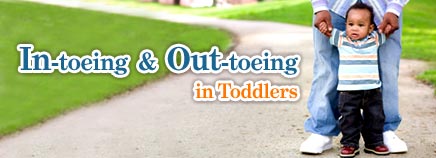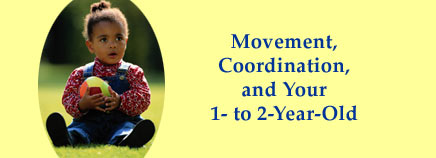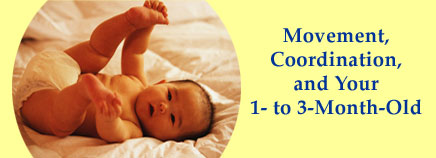Whether your baby rises from a crawl with a shaky first step or a full-on sprint across the living room, chances are you’ll be on the edge of your seat. But remember — a child’s first steps usually aren’t picture perfect. Learning to walk takes time and practice, and it’s …
Movement, Coordination, and Your 1- to 2-Year-Old
Walking is the major achievement of kids this age and over the coming year they’ll get much better at it. As kids’ mobility improves, so does their ability to investigate where they couldn’t before. Once again, take a look around your home from a kid’s vantage point and update childproofing …
Movement, Coordination, and Your 1- to 3-Month-Old
The reflexes they had just after birth start to disappear as babies this age gain more control over their movements and interact more with the people and things around them. What Can My Baby Do? During the first few months of life, infants start to develop the skills and the strength …
Movement, Coordination, and Your 8- to 12-Month-Old
From scooting to crawling to cruising, babies learn how to get around during these months. So now is the time to childproof your home, if you haven’t already. Be especially careful to gate staircases and block off rooms that you’d rather your baby didn’t explore. How Is My Baby Moving? …




